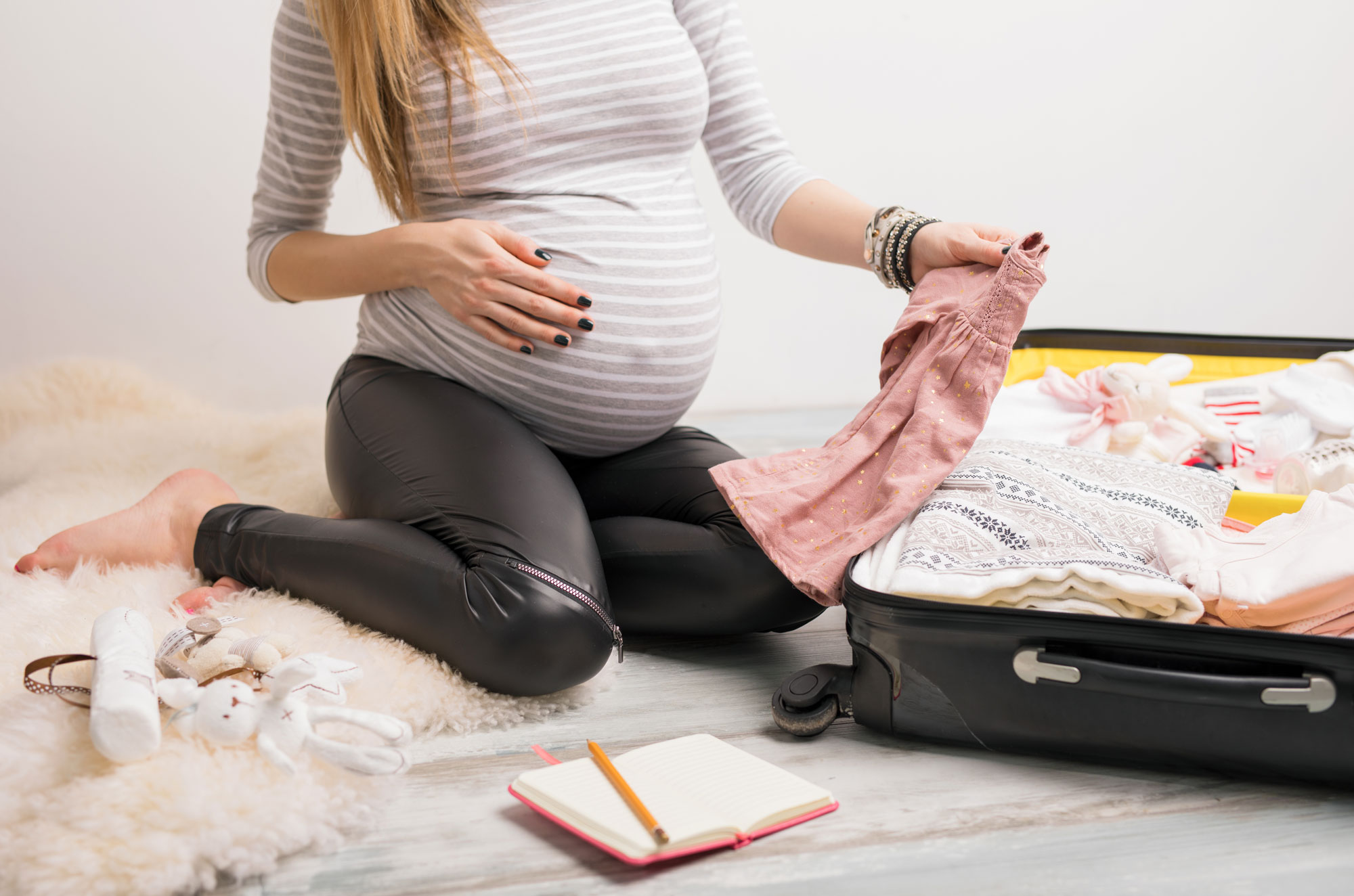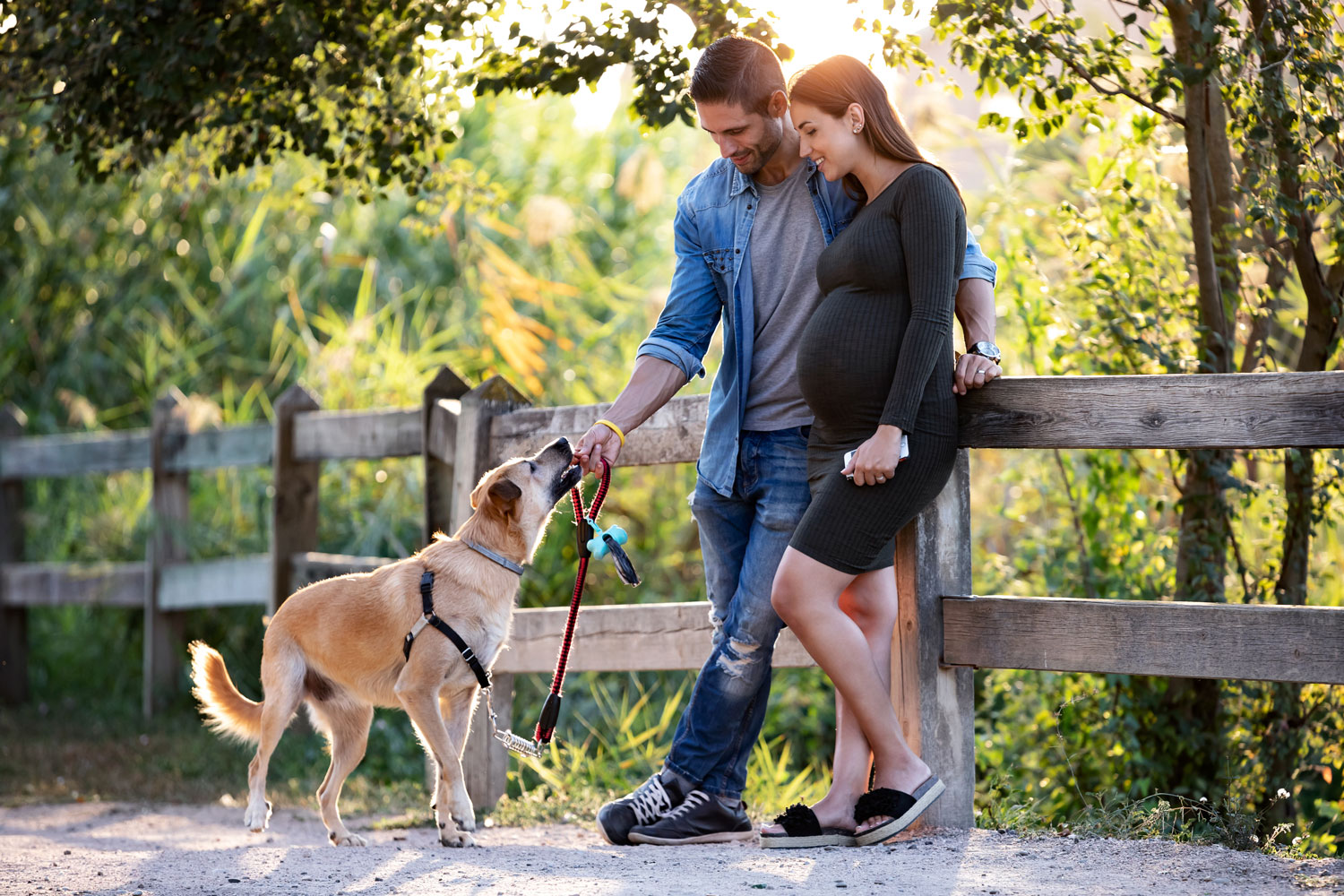Mastitis is inflammation of the breast which often happens because of blocked milk ducts and/or nipple damage.
Recognising mastitis
- Tenderness, reddened areas and uncomfortable or painful breast lumps
- Women who have mastitis are likely to feel generally unwell, hot and cold, achy and shivery
- Sometimes infective mastitis feels like getting the flu
Common causes
- Baby not attaching well to the breast
- Nipple damage
- Blocked milk ducts
- Long gaps between feeds – leading to very full breasts
- Stopping breastfeeding suddenly
- Tight or underwire bras causing pressure on the breasts
- Baby with a tongue-tie having problems feeding
Prevention
- Breastfeed frequently – young babies often need to feed 8-12 or more times in 24 hours.
- Don’t miss or delay feeds.
- Offer both breasts for each feed – if second breast not taken, offer it first next time.
- Express just enough milk for comfort if your breasts still feel full after a feed or if your baby doesn’t want to feed yet.
- Wake baby for a feed if your breasts become too full.
- If using a breast pump, check breast shield size to make sure the pump is not causing any nipple/breast trauma.
- Get advice from your breastfeeding counsellor or lactation consultant to check your baby is attaching and feeding well.
- Avoid giving your baby formula or other fluids unless advised by your midwife or lactation consultant.
- Wear comfortable non-restrictive clothing and avoid pressure on your breasts from hands and fingers.
Treatment
It is important to start treatment at the first signs of mastitis
- Your breast milk is safe for your baby even if you have mastitis. Continue breastfeeding or expressing from both breasts, particularly the affected area.
- Frequent feeding protects your milk supply and helps prevent further blockage of milk ducts.
- You may need to feed more often than you usually do at first start by offering the affected breast each time to help clear the blockage. Continue to offer the other breast so that it doesn’t become too full.
- A heat pack or warm cloth placed on the affected area may help with milk flow before feeding or expressing.
- Gentle massage toward the nipple during feeding or expressing milk – and while in the bath of shower may also help soften breasts lumps and improve milk flow.
- A cool pack (or a packet of frozen peas), wrapped in a cloth and placed on the breast after feeding or expressing can help reduce inflammation and be good pain relief.
- Between feeds, very gently stroke the affected area towards the armpit to help reduce excess fluid.
- Paracetamol or ibuprofen can help with pain and is safe to take while breastfeeding.
- Drink plenty of water; rest when you can. Ask your partner, family or friends to help you.
- Some women with frequent feeding can clear blocked milk ducts, but if you are unwell or the breast is red, you should see your doctor as soon as possible. Tell the clinic receptionist that you think you have mastitis.
- If antibiotics are prescribed, take as directed. It is safe to continue to breastfeed when taking these antibiotics.
- High dose of vitamin C or zinc can help.
Lib x




